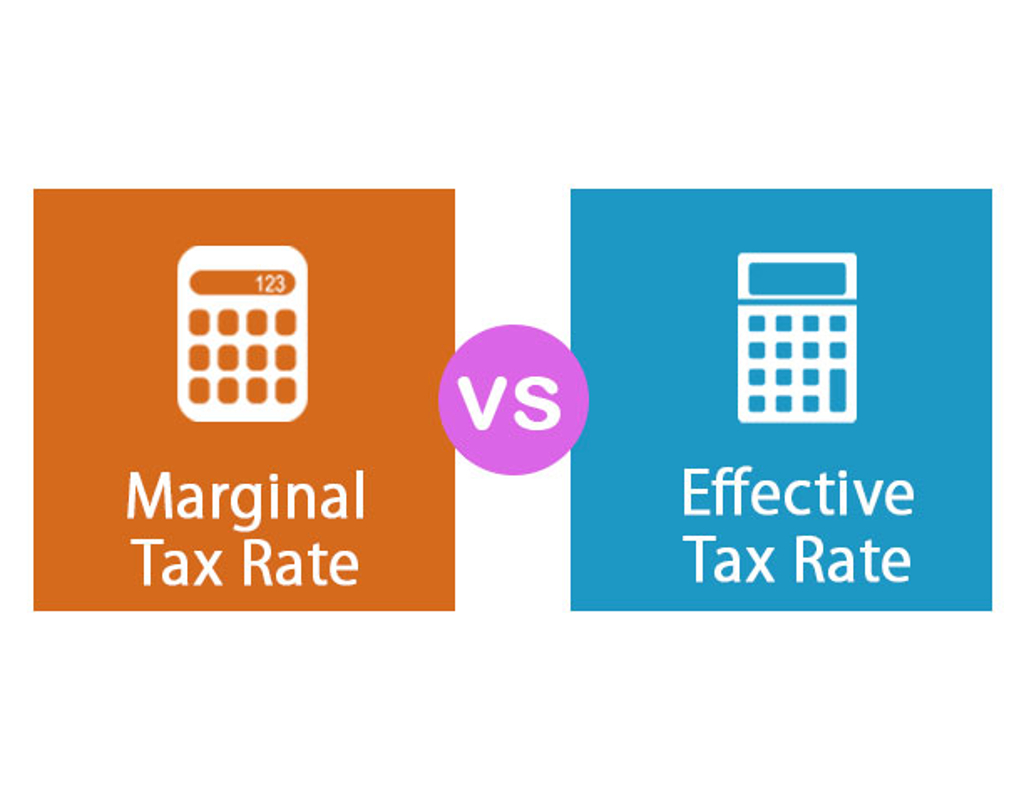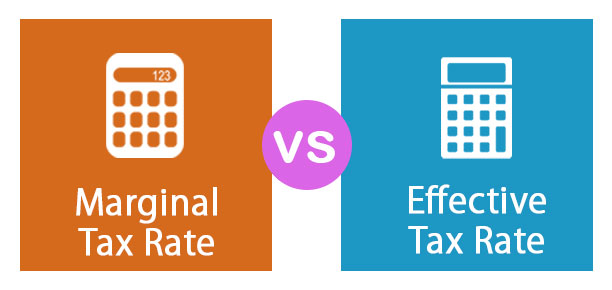
Blog: Marginal Tax Rate
 The United States has a progressive tax system. The more money you earn, the higher your tax rate is and the more taxes you pay to the IRS. In 2021, there are seven tax brackets ranging from 10% to 37%. If you earn $35,000 a year as a single filer, you are in the 12% tax bracket. If you make $520,000 a year as a single filer, you are in the 37% tax bracket. These brackets represent the percentage of taxes you pay based on your taxable income and are referred to as marginal tax rates. When someone says they are in the 35% tax bracket, this is typically what they are referring to – and this is where the confusion begins.
The United States has a progressive tax system. The more money you earn, the higher your tax rate is and the more taxes you pay to the IRS. In 2021, there are seven tax brackets ranging from 10% to 37%. If you earn $35,000 a year as a single filer, you are in the 12% tax bracket. If you make $520,000 a year as a single filer, you are in the 37% tax bracket. These brackets represent the percentage of taxes you pay based on your taxable income and are referred to as marginal tax rates. When someone says they are in the 35% tax bracket, this is typically what they are referring to – and this is where the confusion begins.
For many taxpayers, their income is the same as their earnings from wages; however, taxpayers should note that income from capital gains may be taxed differently. Short-term capital gains are generally taxed as ordinary income subject to the seven tax brackets mentioned above. Long-term capital gains, however, are taxed at 0%, 15%, and 20%.
Due to the way the tax code is set up and because marginal tax rates apply to each additional level of income above your tax bracket’s income limit, it is not as straightforward as it seems. If you earn $100,000 and are in the 24% tax bracket, it doesn’t mean that you pay a 24% tax on your earned income (0.24 x $100,000 = $24,000).
To illustrate how this works, let’s look at the following example for a single taxpayer earning $100,000 of annual income in 2021 (i.e., filing a tax return in April 2022). The amount of tax owed breaks down as follows:
-
- 10% Bracket: ($9,950 – $0) x 10% = $995.50
- 12% Bracket: ($40,525 – $9,950) x 12% = $3,669.00
- 22% Bracket: ($86,375 – $40,525) x 22% = $10,087.00
- 24% Bracket: ($100,000 – $86,375) x 24% = $3,270.00
Total tax = $18,021.50
In the example above, the marginal tax rate (tax bracket) on $100,000 of income is 24%, but the effective tax rate is closer to 18% ($18,021.50/$100,000) – without taking any deduction that reduce taxable income.
Effective Tax Rate
The effective tax rate is the actual amount of federal income taxes paid on a taxpayer’s taxable income and more accurately represents the amount of tax most people pay. The effective tax rate does not include state taxes and local taxes, FICA taxes, or self-employment tax.
Many taxpayers take advantage of tax credits and deductions that reduce taxable income, such as the standard deduction, tax-deductible contributions to a retirement or pension plan, health savings account, tax credits for dependent children, and charitable contributions.
Calculating your effective tax rate is relatively simple: Divide your total tax liability by your gross (before tax) annual income. For example, if you made $100,000 (single filer), took the standard deduction of $12,500 in 2021, reducing your income to $87,450, and paid $15,009.50 in tax, the effective tax rate is 15 percent even though you are in the “24%” tax bracket.



Engage us on Facebook
Follow us on Twitter
Tweets by @mymcmedia